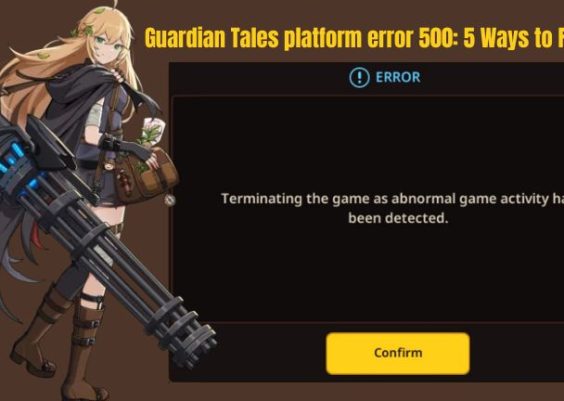In the digital era, where images often go viral within minutes and are shared across a multitude of platforms, identifying the original source of a photograph can be both a technical and ethical challenge. One of the technologies frequently cited for helping track the provenance of an image is reverse image search. But does it really help in locating the original photographer? The answer is: sometimes, but not always.
Reverse image search is a valuable tool, but it is not a magic bullet. Its effectiveness largely depends on several variables, such as the uniqueness of the image, how it has been shared online, and whether the original upload included photographer attribution.
Contents
How Reverse Image Search Works
A reverse image search uses algorithms to match an uploaded image or image URL with instances of that image—or visually similar versions—found across the internet. Platforms like Google Images, TinEye, and Bing Visual Search allow users to drag and drop an image or insert a URL to track its occurrences across the web.

The image is analyzed for its unique visual elements—such as shapes, colors, and textures—and the search engine returns visually similar results as well as web pages where the same or modified image appears. These results can sometimes lead directly to the image’s origin or at least provide context that may help track its source.
Situations Where Reverse Image Search Can Help
Reverse image search is especially useful under certain conditions:
- Watermarked Photos: If the image includes a visible watermark or digital signature, searching can often lead back to the photographer’s website or a portfolio page.
- Published Articles: Photos used in online news stories, features, or blogs often retain a photo credit. Reverse image search could lead to these articles, helping identify the original creator.
- Social Media Posts: When an image has first appeared on platforms like Instagram or Flickr, the earliest instance found via reverse search could be linked to the photographer’s profile.
In such cases, users can click through to the source page to gather metadata or contact the creator for permission or information about usage rights.
Limitations and Challenges
Despite its advantages, there are notable limitations that impact the reliability of reverse image search in identifying original photographers:
- Image Alterations: Cropping, filters, resizing, and other alterations can compromise the search engine’s ability to match the image accurately.
- Ubiquity of Redistribution: Often, images are uploaded and re-shared countless times without attribution. The original post might be buried under many layers of uncredited distributions.
- Image Theft: In cases where images have been stolen or falsely claimed, the search may surface misleading results associated with people who are not the actual creators.
Furthermore, not all websites offer rich metadata or respect copyright tagging, adding another layer of difficulty in confirming who took the photo.

Best Practices to Improve Accuracy
When using reverse image search to trace the original photographer, consider combining it with other approaches to enhance accuracy:
- Use multiple reverse image tools to broaden your search landscape.
- Look for images with metadata intact. Tools that read EXIF data can often reveal the camera used, location, or even photographer’s name.
- Follow the trail: click through several search results and observe the context in which the image is used. Look for consistent author attribution.
In investigative journalism, research, or ethical image usage, it’s best to treat the first result with caution and verify it through cross-referencing wherever possible.
The Human Element
Ultimately, while technology provides useful tools, human intuition and thorough online research still play crucial roles. For example, if an image is associated with a particular event or location, conducting a supplementary text search or browsing event coverage can sometimes be more fruitful than relying on reverse search alone.
In professional settings—such as publishing, journalism, and advertising—locating the original photographer is not just a technological challenge but a legal and ethical obligation. Unauthorized use can lead to copyright infringement, which has legal consequences.
Conclusion
Reverse image search can be an effective tool for identifying the original source of an image, but it has limitations. It should be seen as part of a broader strategy that includes using metadata, examining context, and performing manual online research. With the increasing volume of digital media produced and shared daily, it’s more important than ever to approach image sourcing with diligence and respect for creators’ rights.




